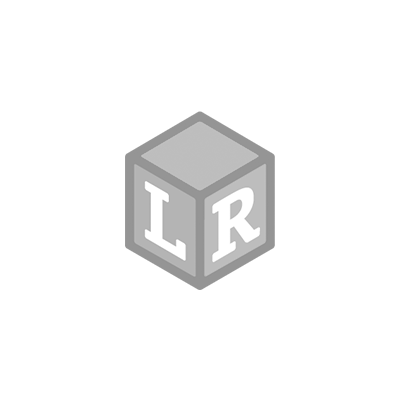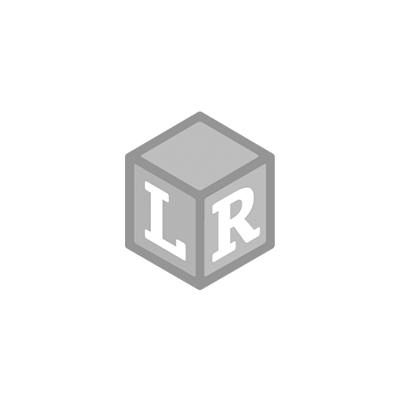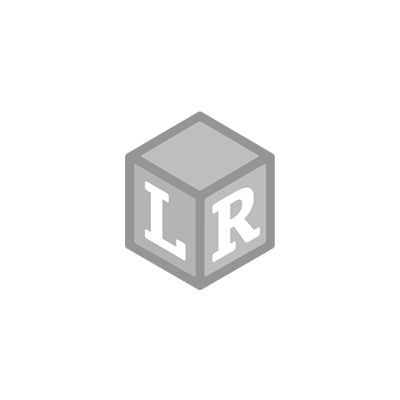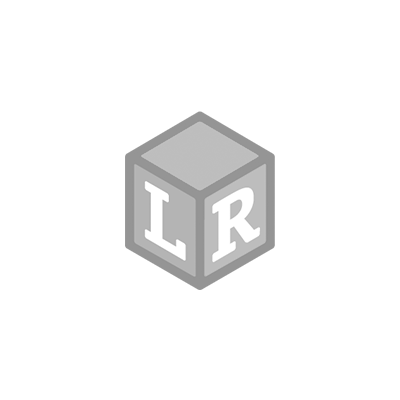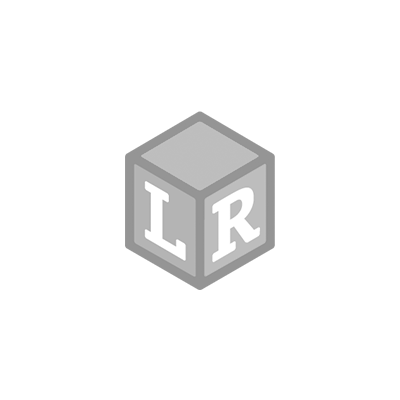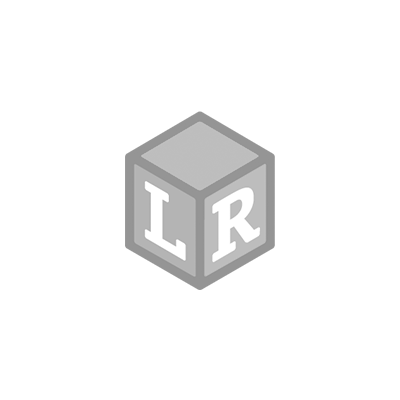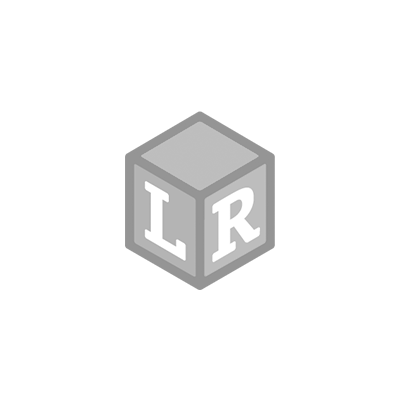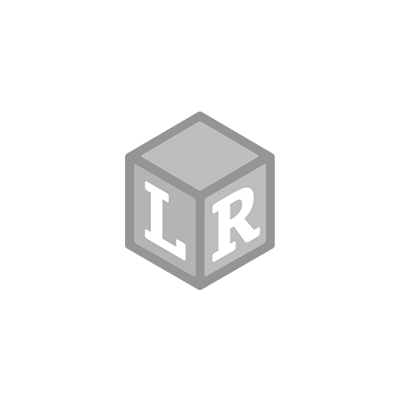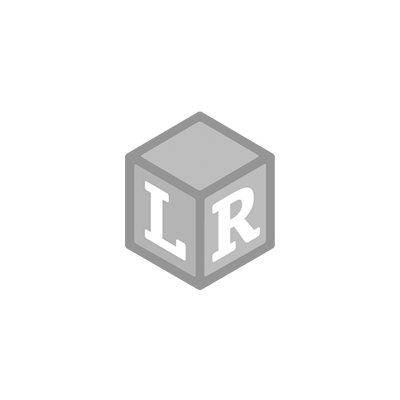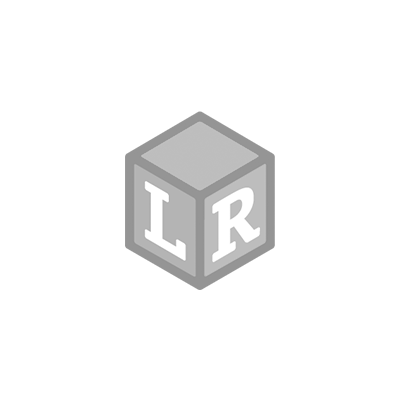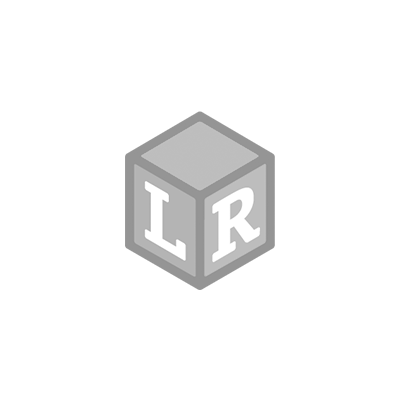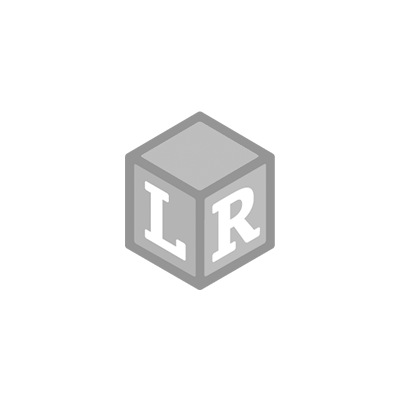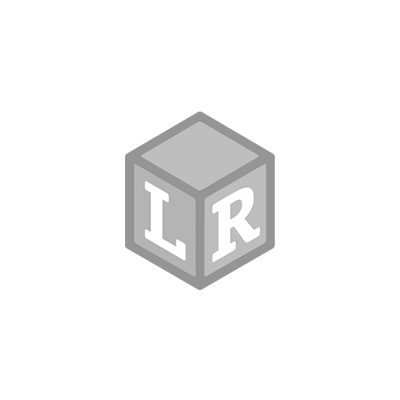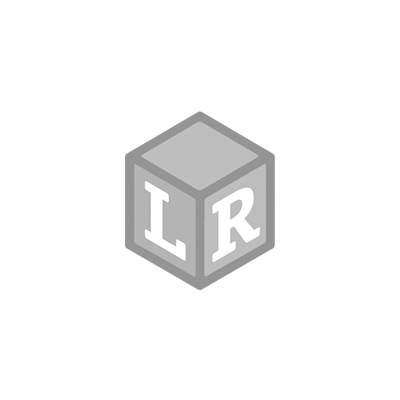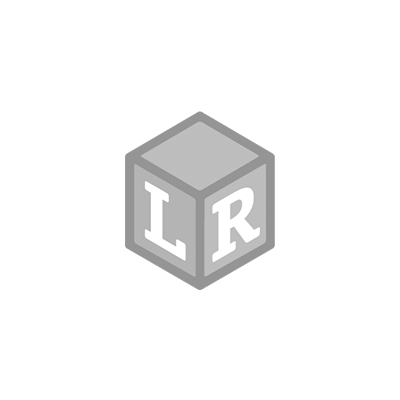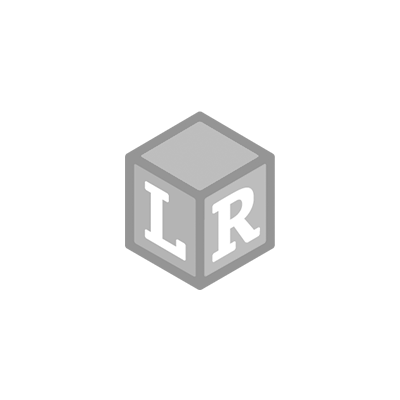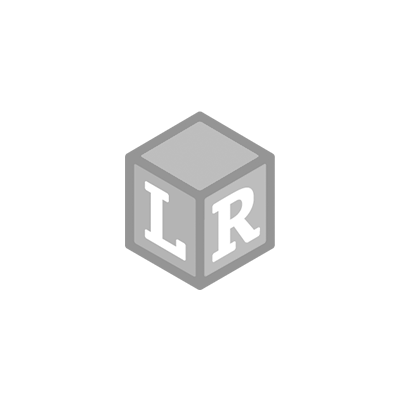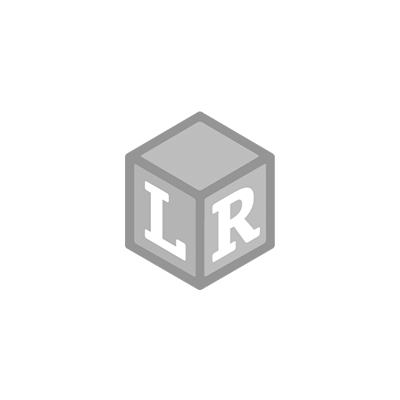
Number Printing
- Gabrielle Fischer Posted On Jun 1, 2021 | Math
Learning Resources® Number and Counting Blocks are a fun way to combine early numeracy development and engineering skills, making them ideal for STEAM-based play. But have you ever thought to use them for some fun color mixing and painting as well? In this blog, we share how we used the number blocks to explore using white to make lighter shades of colors and make number prints.
What you need:
- Learning Resources® Number and Counting Blocks
- Acrylic paint
- Paint trays (we just used recycled container lids)
- White paper or card stock
- Optional extension- bowl, water, dish soap, whisk, and dishcloth

Let’s Get Set Up
This activity is really easy to set up, and you can do it with larger groups too. Simply have a piece of white card or paper ready, along with some flat trays of paint. I let my four-year-old choose two colors for each tray, and then we put a blob of white paint in-between the colors. All that was left to do was to put out the number blocks.

To Mix or Not to Mix… That is the Question
It can be tempting as a parent to encourage your children to keep colors separate when painting and playing with materials such as play-dough. However, for children, there is nothing more exciting than getting to experiment with some free color mixing. A great way to encourage color mixing while avoiding your kids just creating very dark shades of paint is to give them white to mix with two other colors. My little one chose pink and purple with white on one tray, and then red and blue with white on the additional tray.


As soon as she saw that the paint trays had several colors on them, all she wanted to do was mix them. She chose a number block and used it to swirl the three colors together. This was great for her fine and gross motor skills and a fun sensory experience for her—the red, white, and blue blended in a neat marble-like way.

Let’s Get Printing
Once the colors were all mixed, my preschooler chose her first number to print with. This was an excellent opportunity to work on number recognition and vocabulary. I would ask my little one to use her finger to trace the number block and ask her to tell me the name of the number. Next, she would dip it into the paint and find a space on the paper to print the number onto. She continued to explore all of the different blocks, tracing the numbers and telling me the names each time round.


With her second tray of paint, she enjoyed dipping different number blocks into the other colors to make what she called ‘stripey numbers.’ This took reasonable fine motor control. She continued to fill her page with numbers, and we even took the opportunity to talk about the fact that we can make new numbers by placing number block prints next to each other on the page.

Number Wash
If you are looking for a fun way to extend the play, why not set up a simple bubbly number wash to get the blocks all clean. I grabbed a large bowl of water, some dish soap, a whisk, and a dishcloth. My preschooler loves getting to add a squirt of dish soap and then uses the whisk to whip up some super bubbly water. She then dropped the numbers in one by one and used her hands to scrub them clean. This was good fun for sensory play and also keep those fine motor skills working hard. She finished off using the numbers as little scoops in the water and then used the dishcloth to dry them all.


We'd love to hear your creative ways to play and learn with our number toys. Who knew painting with them could be so much fun!

 Shop UK Site
Shop UK Site 
